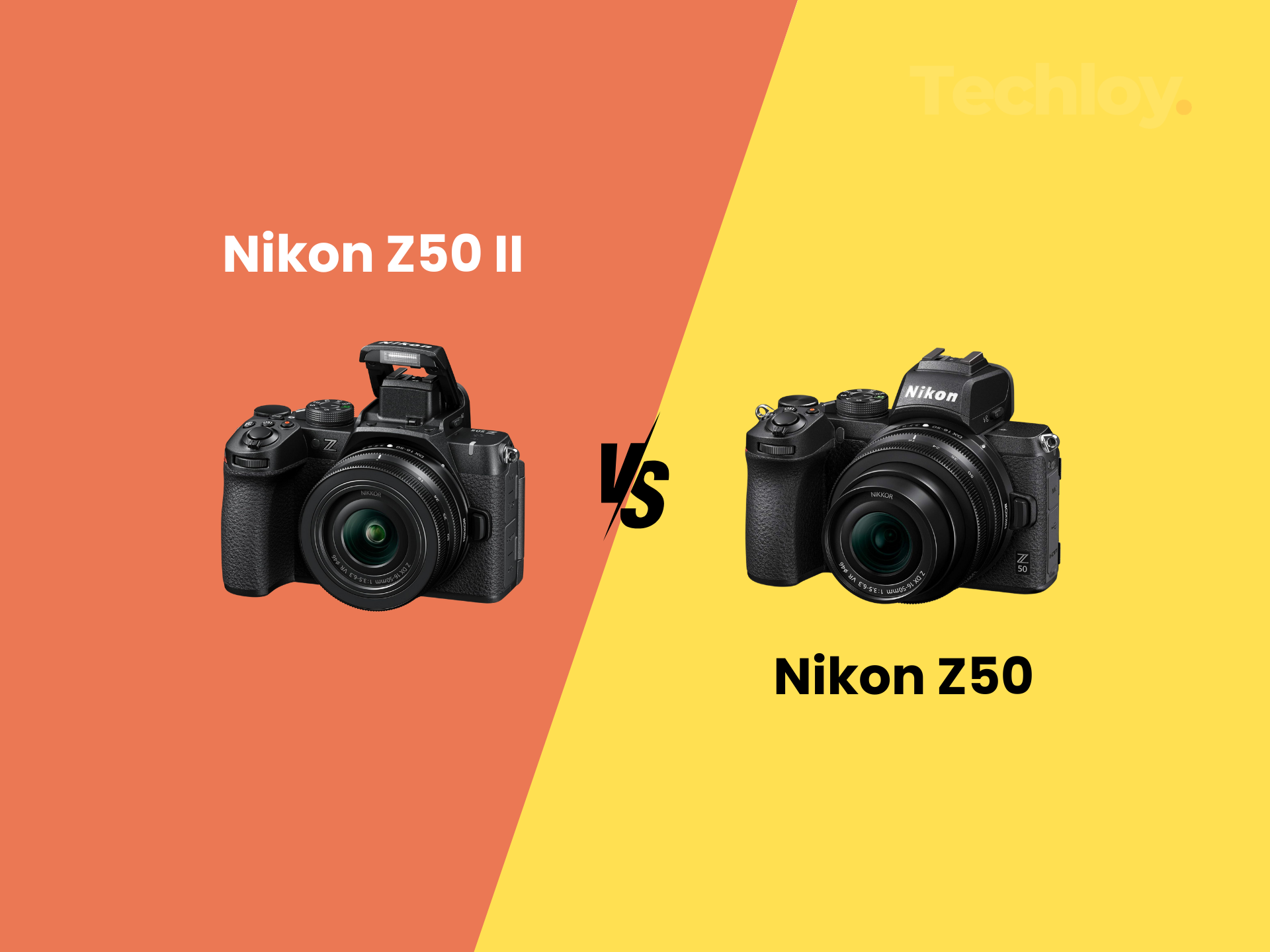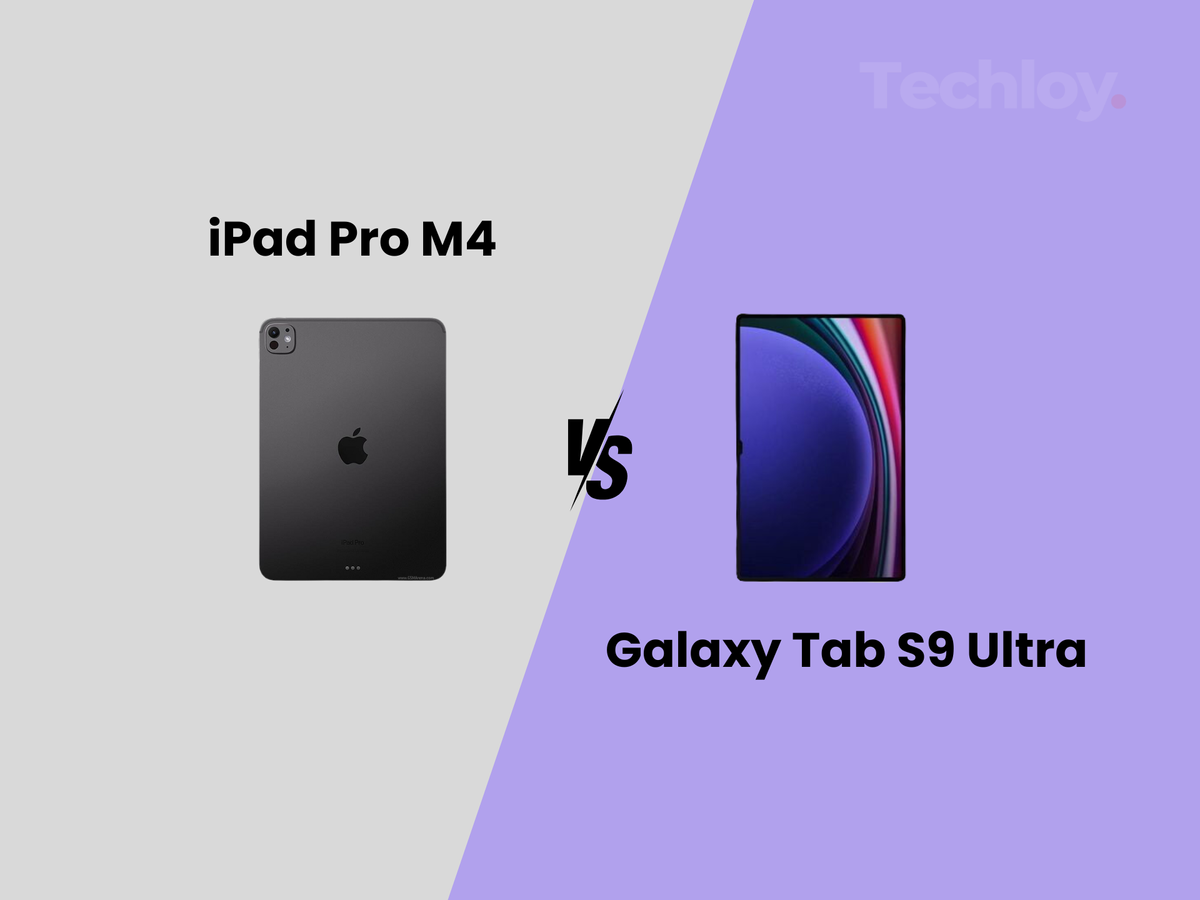Nikon Z50 II vs Nikon Z50: Should You Upgrade Your Camera?
Find out the key differences between both camera based on specs like autofocus, performance, display, and video capabilities.

When Nikon launched the Z50 in 2019, it became one of the brand’s most popular APS-C mirrorless cameras. Five years later, the Nikon Z50 II arrived in November 2024, promising upgraded performance and new features.
But how much of an upgrade is it really? And if you already own the Z50, should you make the switch? Let’s dive into this comparison to see how these two cameras stack up across the key areas that matter to photographers in 2025.
#1: Performance
One of the biggest differences between the Z50 II and the original Z50 lies in their processors. The new Z50 II is powered by the Expeed 7 processor, the same chip found in Nikon’s flagship Z9, whereas the Z50 runs on the older Expeed 6 processor.
This upgrade brings faster image processing and improved performance across the board. For instance, the Z50 II can now shoot bursts at up to 30 frames per second (fps) in High-Speed Frame Capture+ mode, compared to the Z50’s maximum burst rate of 11fps. However, it’s worth noting that the 30fps mode is limited to JPEG images, while the mechanical shutter still tops out at 11fps.
The Z50 II’s buffer has also been expanded to handle 200 RAW files compared to just 35 RAW files on the Z50, making it a better choice for action photographers who need to shoot continuously without waiting for the camera to catch up.
Which wins? The Z50 II dominates in performance, making it the better choice for fast-paced shooting scenarios.







